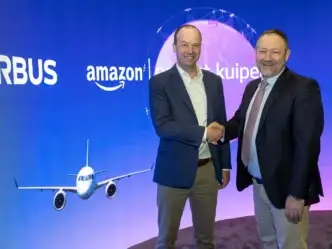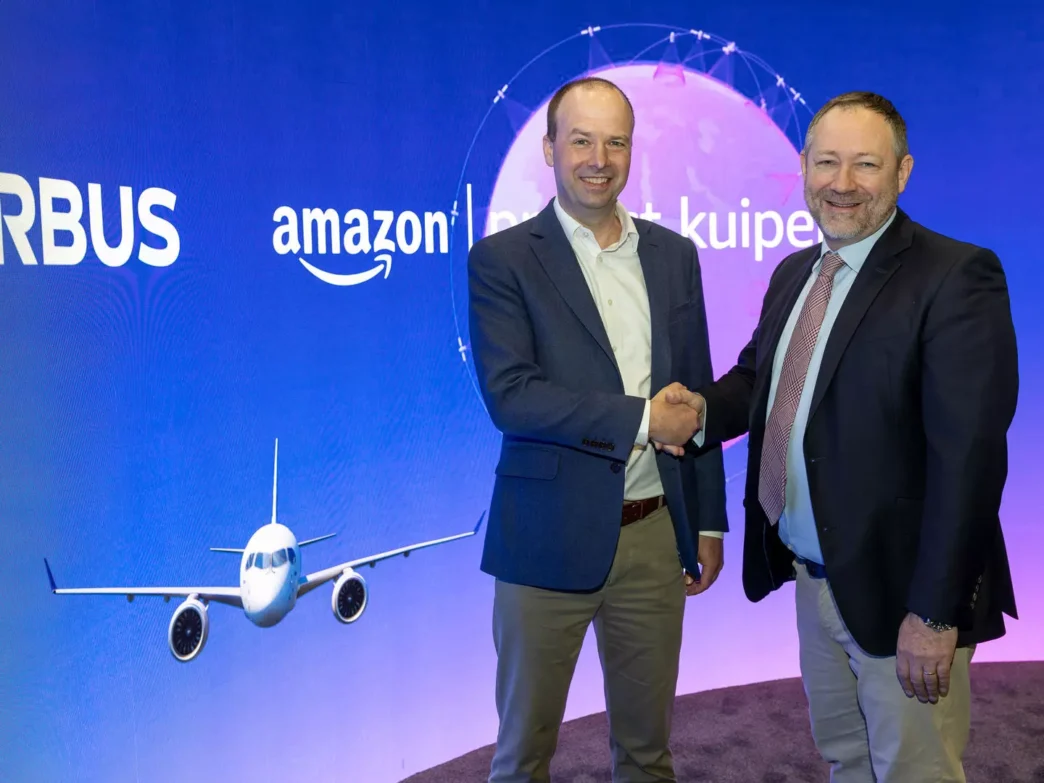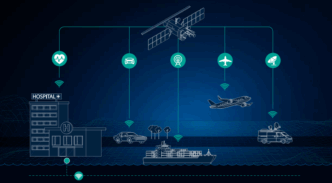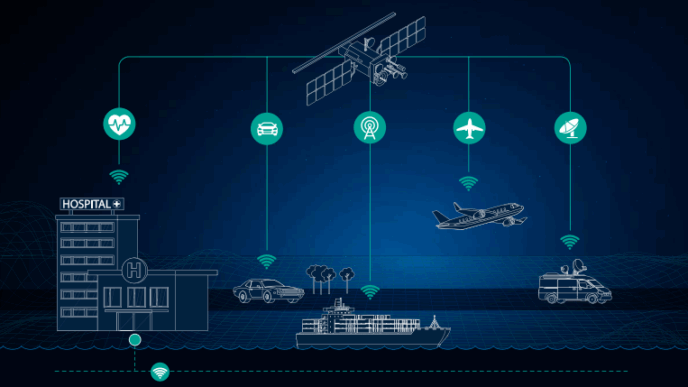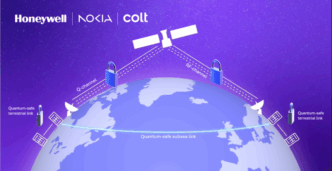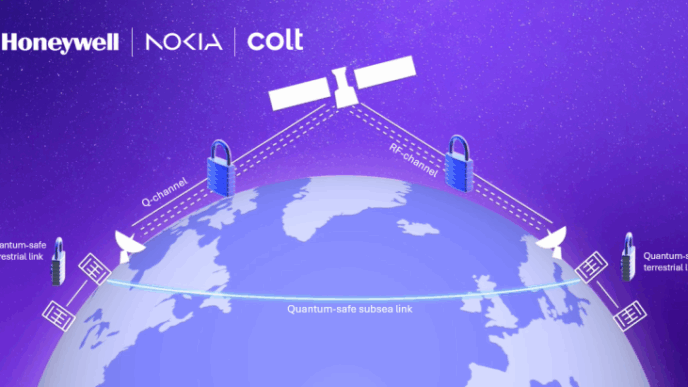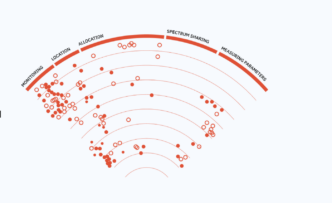Airbus’ new partnership with Amazon’s Project Kuiper marks more than just a step toward better in-flight Wi-Fi. It reflects a broader shift in how low Earth orbit (LEO) satellite networks could become critical infrastructure for aviation’s next chapter.
Announced at AIX 2025, the collaboration will integrate Project Kuiper’s planned 3,200+ satellite constellation into Airbus’ High Bandwidth Connectivity Plus (HBCplus) program—offering airlines a new IFC (inflight connectivity) option with up to 1 Gbps downlink and low latency.
Passengers may see faster browsing and streaming. But behind the curtain, it’s also about real-time operational data, predictive maintenance, and the long arc of connected, autonomous, and more efficient air travel. The inclusion of Kuiper in Airbus’ line-fit and retrofit catalogue signals a move to make LEO IFC a core part of aircraft design and operational planning—not just an afterthought for entertainment.
As aviation becomes increasingly software-defined and cloud-reliant, this deal raises a bigger question: are LEO networks becoming the new edge layer for global mobility?
Let’s watch closely—not just what passengers stream, but how airlines evolve.
